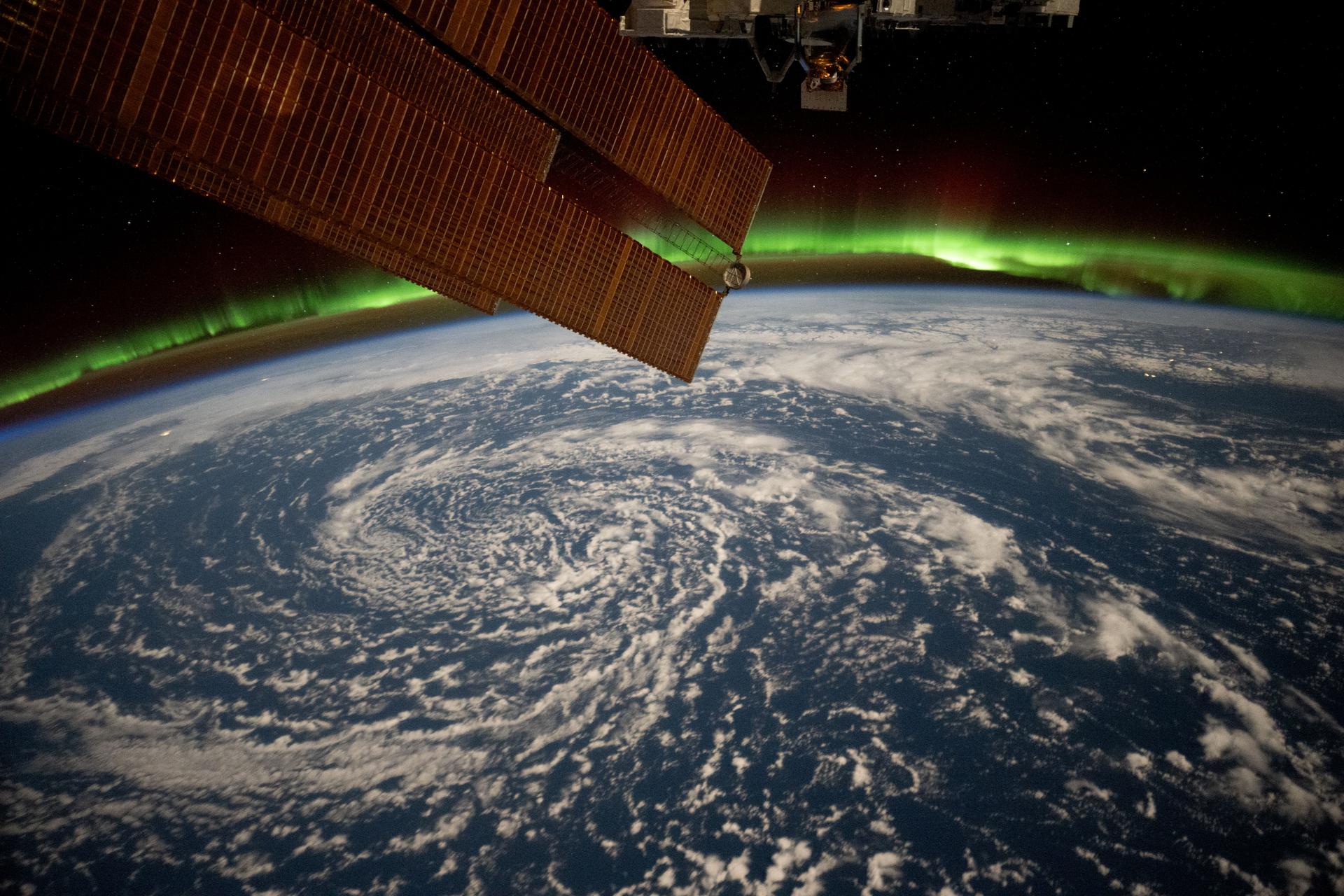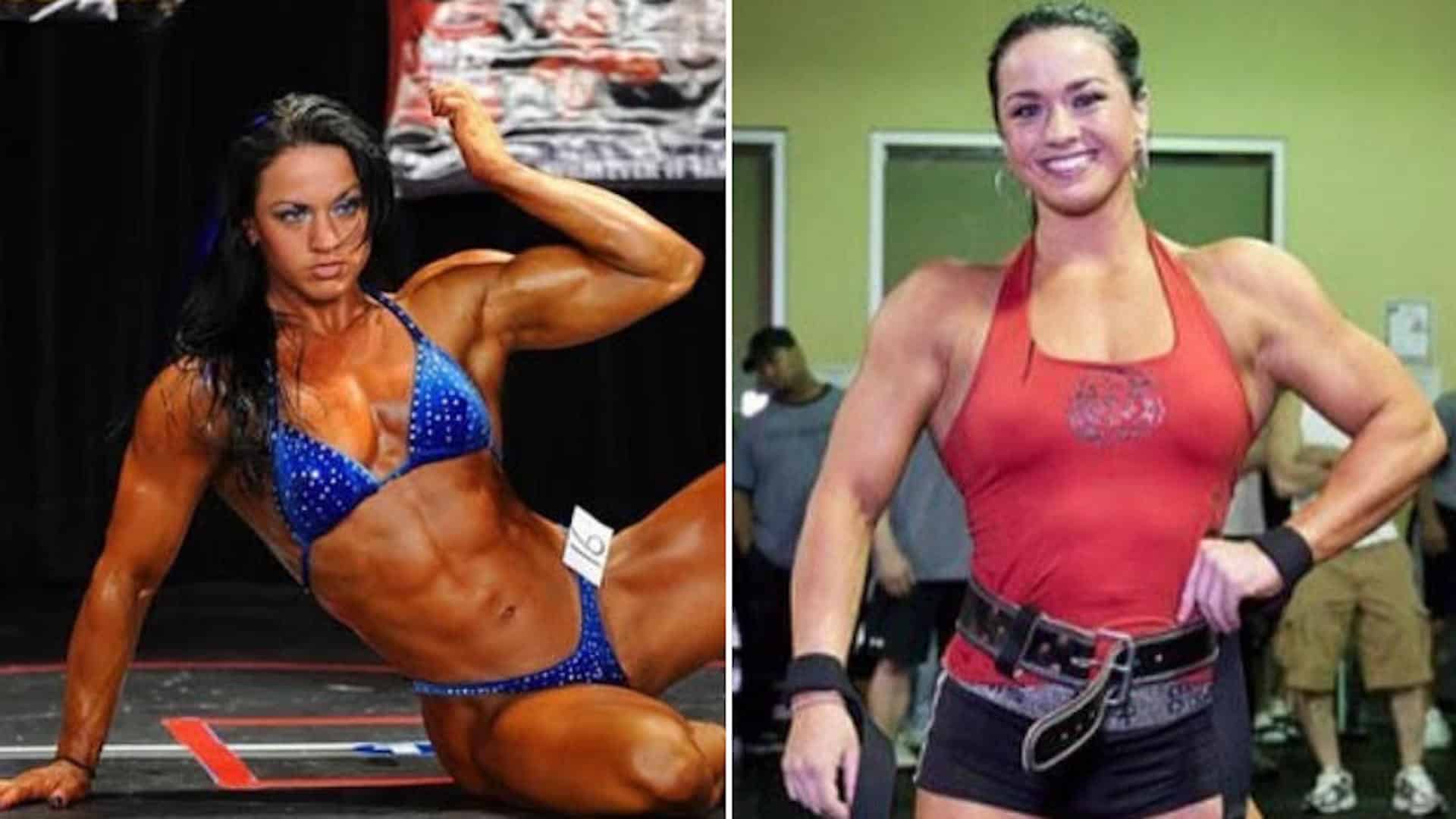Several Expedition 72 crew members began Monday attaching a variety of sensors to themselves and exercising so researchers can see how their bodies are adapting to living and working in microgravity. The International Space Station crewmates also kept up their science maintenance and life support duties at the beginning of the week.
Flight Engineers Nichole Ayers and Takuya Onishi worked on a pair of different space biology studies throughout Monday providing data scientists can use to keep crews healthy on long-duration missions. Ayers from NASA put on a sensor-packed vest and headband at the beginning of the day for a 48-hour session measuring her cardiovascular health. Her medical data is being collected for the Space Health investigation and can be viewed real-time on a computer tablet for rapid medical support off the Earth.
Onishi from JAXA (Japan Aerospace Exploration Agency) wore markers attached to his legs as a motion capture system recorded his workout on the advanced resistive exercise device (ARED) that mimics weights on Earth. Doctors will use the insights from the ARED Kinematics study to understand how working out in space affects an astronauts muscles and bones to improve exercise in weightlessness.
Roscosmos cosmonauts Alexey Ovchinin and Ivan Vagner completed a weeklong space biology study on Monday exploring how blood flows from a crew member’s head to their limbs in space. The veteran duo once again attached sensors to their forehead, fingers, and toes observing how the circulatory system adapts to spaceflight.
NASA Flight Engineers Don Pettit and Anne McClain partnered together on Monday removing physics research hardware from inside the Microgravity Science Glovebox. The science gear was being used to explore how particles move between hot and cold temperature regions and learn how to separate viruses from biological fluids to improve disease detection.
Flight Engineer Kirin Peskov spent Monday servicing electronics and life support gear throughout the Roscosmos segment of the orbiting lab. Peskov first restored the functionality of a thermal sensor on the Zvezda service module. Next, he measured the electrical properties of a compressor unit before wrapping up his day cleaning ventilation systems and transferring water between station tanks.
Learn more about station activities by following the space station blog, @space_station and @ISS_Research on X, as well as the ISS Facebook and ISS Instagram accounts.
Get the latest from NASA delivered every week. Subscribe here: https://www.nasa.gov/subscribe




